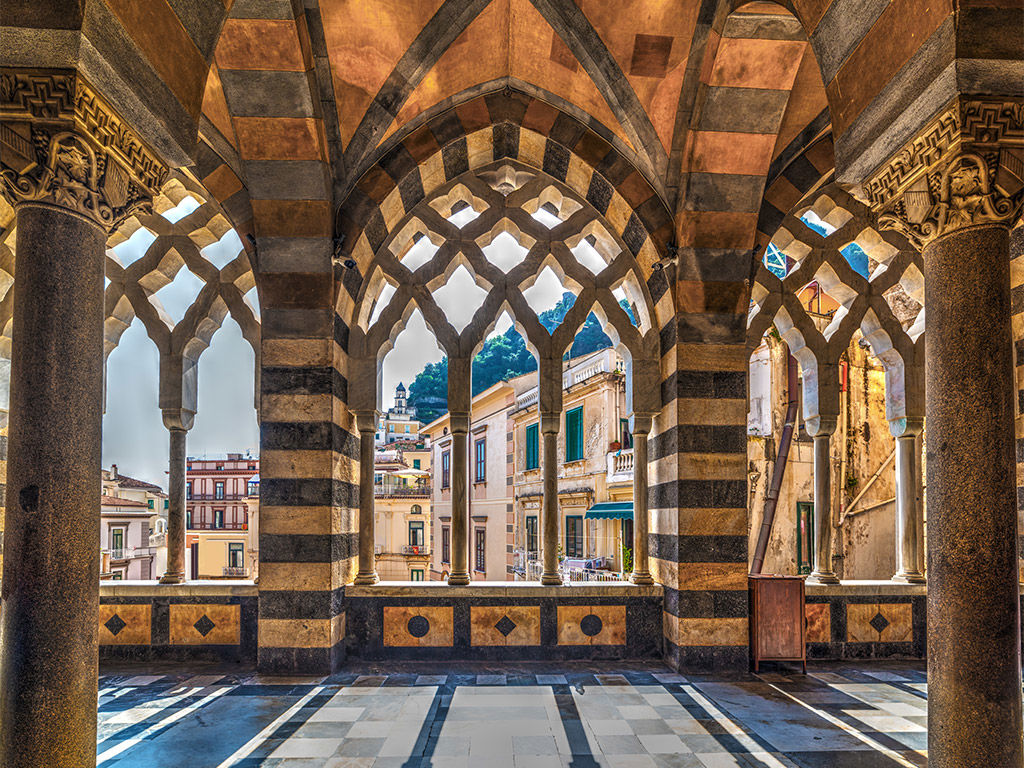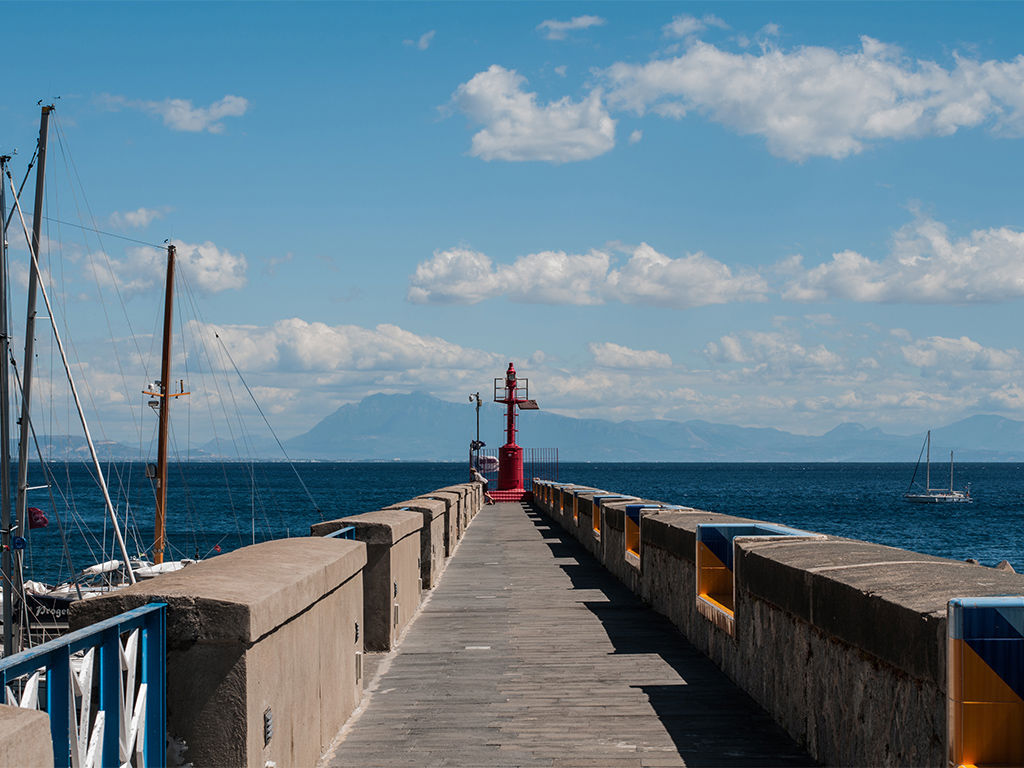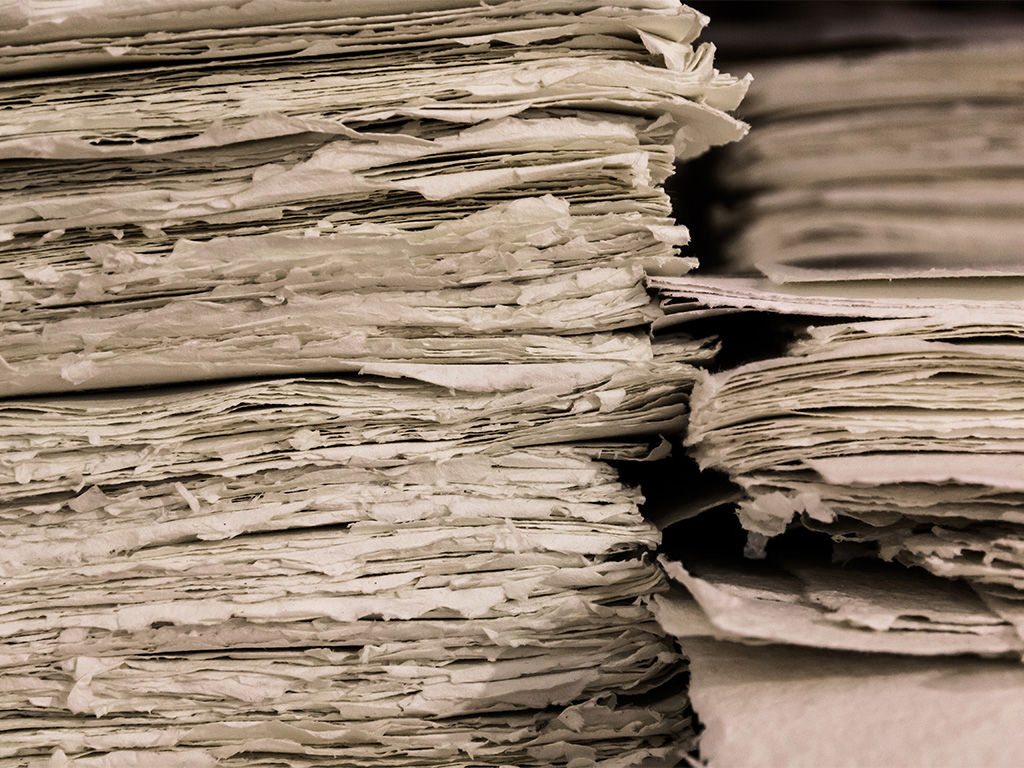


A mere 50 meters away rises the majestic Cathedral of Saint Andrew, which dominates the main square.
Originally built around the year 1000, the cathedral underwent several renovations between the 13th and 18th centuries. It houses the remains of the Apostle Andrew, brought here in 1208.
Adjacent to the cathedral are the Cloister of Paradise, in striking Arab-Norman style, the Diocesan Museum, and the Crypt, beautifully restored in the early 1600s by order of King Philip III of Spain.

Just 5 km from Amalfi, nestled in the bay of Conca dei Marini, lies the Emerald Grotto, discovered in 1932. Its name derives from the stunning green hues of its waters, created by the sunlight filtering through the rocks.
With its stalactites, stalagmites, and enchanting shapes, it is a must-see along the Amalfi Coast. Beneath its waters lies a unique underwater nativity scene, crafted from Vietri ceramics and placed 4 meters below the surface.

Just a few meters away lie the Arsenals of the Republic, a remarkable medieval structure that testifies to Amalfi’s naval power.
Today, the left nave hosts the Museum of the Compass and the Maritime Duchy of Amalfi, while the right side is used for weddings, concerts, exhibitions, and events.

A walk along the main street toward the Valley of the Mills leads to the Paper Museum. Between the 12th and 13th centuries, Amalfi was among the most important centers for paper production, with raw materials imported from Syria and Palestine.
Powered by the Canneto River, the mills once produced not only paper but also iron, lime, and later, electricity.
Today, visitors can see the ruins and tour the last working paper mill, which still uses medieval techniques.